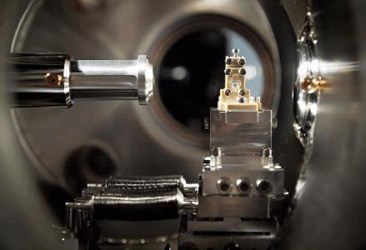How High-Energy Capacitor Banks Drive Plasma Research

High-energy capacitor banks play a critical role in high-power pulsed energy experiments worldwide, from the National Ignition Facility (NIF) in California to the High Magnetic Field Facility in Dresden. These systems rapidly discharge stored energy, enabling breakthroughs in plasma research, fusion energy, and advanced scientific applications.
Capacitor Banks in Plasma Research:
- Plasma Generation: Provides the energy needed to ionize gas and initiate plasma formation.
- Plasma Heating: Supplies pulsed power for ohmic and inductive heating, raising plasma temperatures to millions of degrees.
- Plasma Confinement: Powers magnets in tokamaks and stellarators to maintain stable plasma conditions.
- High-Density Plasma Studies: Enables experiments requiring extreme energy delivery in short bursts.
A typical high-energy capacitor bank consists of multiple sub-banks with energy storage capacitors. These capacitors are charged, then triggered to release synchronized high-current pulses through transmission lines, ensuring precise energy delivery.
One of the most advanced systems, NIF’s Power Conditioning System (PCS), includes 192 modules and 3,840 capacitors that store energy over 60 seconds before discharging it in a 400-microsecond burst to power 7,680 laser flashlamps. This system delivers nearly 330 million joules per laser shot, advancing fusion research.
As pulsed energy technology evolves, capacitor banks will continue to drive innovation in plasma physics and beyond.
Get unlimited access to:
Enter your credentials below to log in. Not yet a member of RF Globalnet? Subscribe today.
